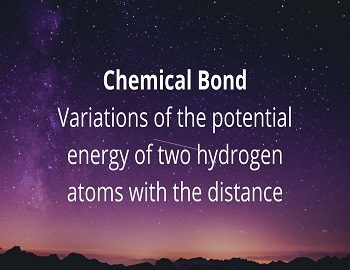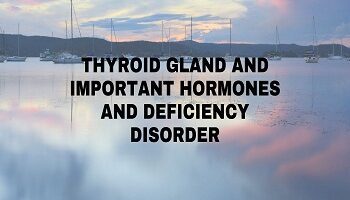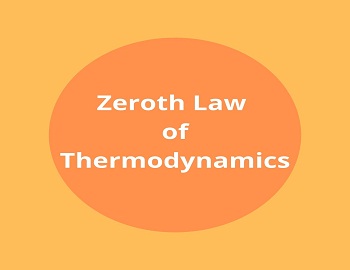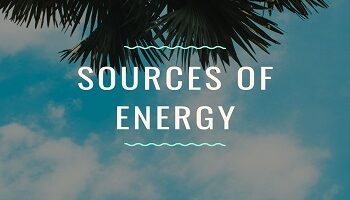Chemical Bond:
Atoms of the same or different elements combine to give rise to the formation of molecules of elements or compounds. When the atoms of the elements combine to form molecules, a force of attraction is developed between the atoms which hold them together in a molecule or in a chemical compound. This attractive force is referred to as a chemical bond. Thus, a chemical bond is defined as the attractive force which holds the constituent atoms together in a molecule or in a chemical compound.
Variations of potential energy of two hydrogen atoms with the distance:
When the two atoms of hydrogen or any other element are held at a certain distance from each other, there is certainly potential energy between the atoms. As the two hydrogen atoms approach each other, they start attracting each other. As a consequence of this mutual attraction, the potential energy of the system starts decreasing. At a certain critical distance between the two atoms, the potential energy of the system attains a certain minimum value. This state of minimum potential energy corresponds to the formation of hydrogen molecule by the combination of two atoms of hydrogen.
It is a well-known fact that a system is the most stable when it has minimum energy. Thus, a system would always like to decrease its energy and become more stable. In the above instance, the larger the potential energy decrease, the more stable is the resulting molecule. Further, if the distance between the two hydrogen atoms is still decreased, the repulsion between the nuclei of two atoms starts and the system becomes unstable.
Now if the hydrogen molecule is to be broken again into hydrogen atoms, a considerable amount of energy has to be supplied from outside. The highest the amount of energy to be furnished, the greater is the stability of the molecule.
- DNA Fingerprinting
- Human Genome Project
- Homologous Analogous And Vestigial Organs
- Constituents of Food: Carbohydrates, Proteins, Fats & Vitamins
- Asexual Reproduction- Types, Characteristics And Significance
- Vegetative Propagation: Natural & Artificial Methods
- Parthenogenesis: Types And Significance
- Pollination: Types and Its Importance
- Origin and Evolution of Life









Comments (No)